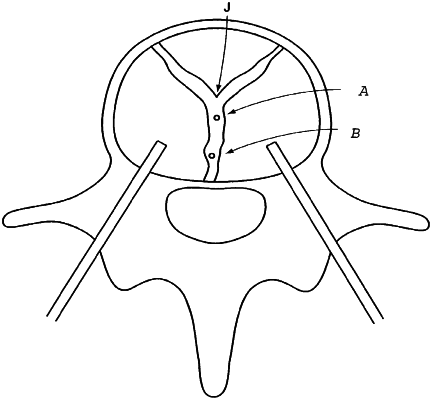| CPC A61B 18/1487 (2013.01) [A61B 17/3472 (2013.01); A61B 18/148 (2013.01); A61B 18/1492 (2013.01); A61B 18/18 (2013.01); A61N 5/00 (2013.01); A61B 17/320068 (2013.01); A61B 17/8805 (2013.01); A61B 17/8819 (2013.01); A61B 18/02 (2013.01); A61B 18/082 (2013.01); A61B 18/1206 (2013.01); A61B 18/16 (2013.01); A61B 18/1815 (2013.01); A61B 18/20 (2013.01); A61B 18/22 (2013.01); A61B 2017/00261 (2013.01); A61B 2017/00331 (2013.01); A61B 2017/00867 (2013.01); A61B 2018/00017 (2013.01); A61B 2018/0044 (2013.01); A61B 2018/0072 (2013.01); A61B 2018/00339 (2013.01); A61B 2018/00434 (2013.01); A61B 2018/00565 (2013.01); A61B 2018/00577 (2013.01); A61B 2018/00589 (2013.01); A61B 2018/00642 (2013.01); A61B 2018/00761 (2013.01); A61B 2018/00791 (2013.01); A61B 2018/00821 (2013.01); A61B 2018/126 (2013.01); A61B 2018/1425 (2013.01); A61B 2018/1807 (2013.01); A61B 2018/2005 (2013.01); A61B 2034/301 (2016.02); A61B 2090/374 (2016.02); A61B 2218/002 (2013.01); A61N 1/0551 (2013.01); A61N 7/00 (2013.01)] | 20 Claims |

|
1. A method of accessing and ablating tissue within a vertebral body involving internal cooling, the method comprising:
inserting a first stylet within a first cannula;
percutaneously inserting the first stylet and the first cannula through skin of a patient;
advancing the first stylet and the first cannula within the vertebral body using a transpedicular approach through a first pedicle using real time image guidance;
removing the first stylet from the first cannula;
inserting a first channeling tool through the first cannula to create a first working channel beyond a first path formed by the first stylet within the vertebral body using real time image guidance;
removing the first channeling tool from the first cannula;
identifying a treatment zone within the vertebral body;
inserting a first radiofrequency probe through the first cannula to the treatment zone within the vertebral body using real time image guidance,
wherein the first radiofrequency probe comprises a bipolar probe having a first two electrodes, wherein the first two electrodes comprises a first active electrode and a first return electrode,
wherein the first radiofrequency probe has a diameter between 1 mm and 5 mm;
inserting a second stylet within a second cannula;
percutaneously inserting the second stylet and second cannula together through skin of the patient;
advancing the second stylet and the second cannula within the vertebral body using a transpedicular approach through a second pedicle using real time image guidance;
removing the second stylet from the second cannula;
inserting a second channeling tool through the second cannula to create a second working channel beyond a second path formed by the second stylet within the vertebral body using real time image guidance;
removing the second channeling tool from the second cannula;
inserting a second radiofrequency probe within the vertebral body through the second cannula and to the treatment zone using real time image guidance,
wherein the second radiofrequency probe comprises a bipolar probe having a second two electrodes, wherein the second two electrodes comprises a second active electrode and a second return electrode,
wherein the second radiofrequency probe has a diameter between 1 mm and 5 mm,
wherein the first and second radiofrequency probes are coupled to a connector that integrally couples the first and second radiofrequency probes to a single generator,
causing energy within a frequency range between 400 kHz and 600 kHz to be delivered to the treatment zone within the vertebral body using the first and second radiofrequency probes for a duration of time sufficient to ablate a basivertebral nerve at the treatment zone,
wherein the first radiofrequency probe and the second radiofrequency probe each comprise a plurality of diagnostic devices configured to provide diagnostic information relating to the treatment zone,
wherein the plurality of diagnostic devices comprise one or more sensors; and
causing cooling fluid to circulate through one or more lumens of at least one of the first and second radiofrequency probes to provide cooling.
|